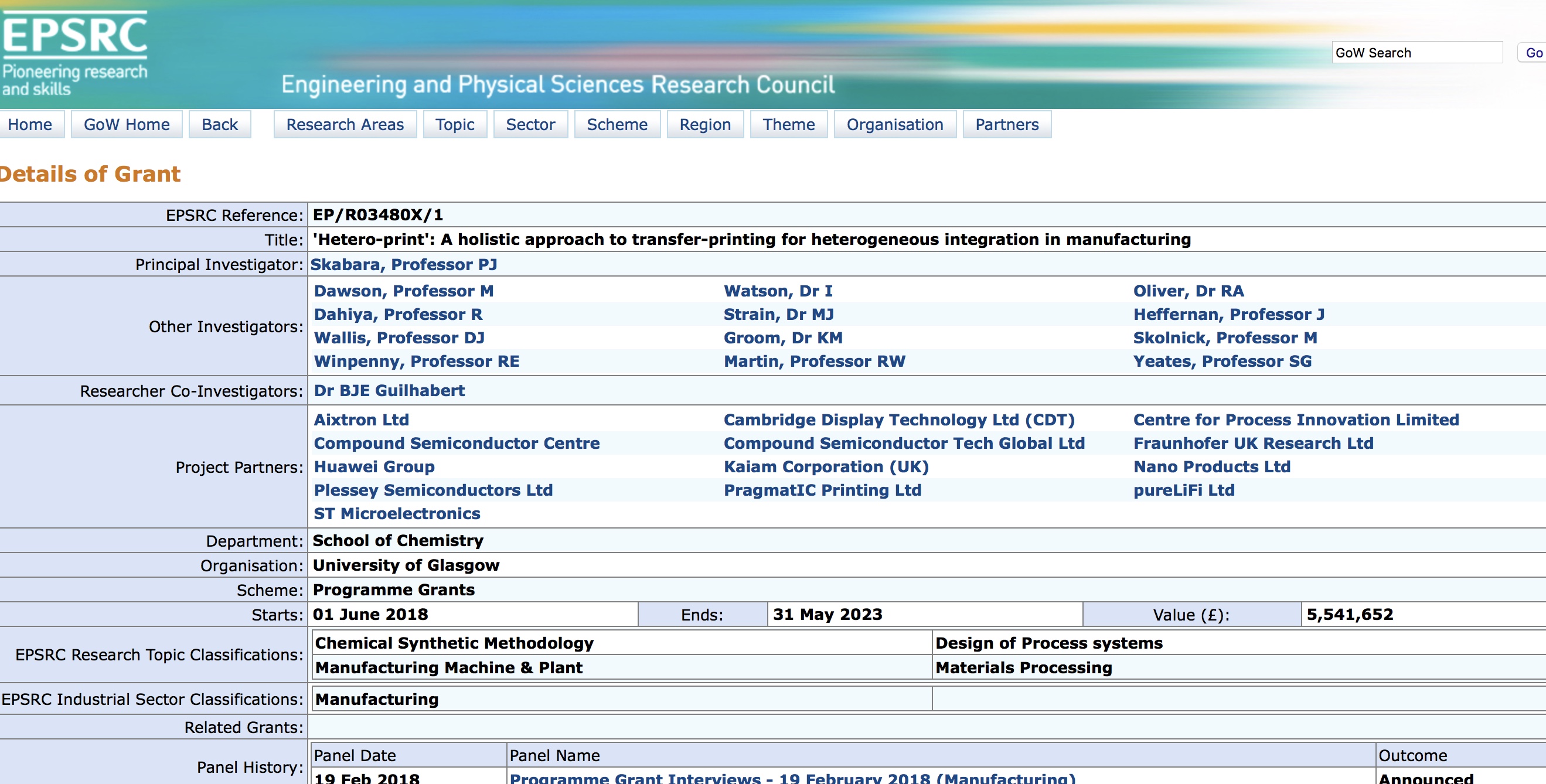Apple has been granted yet another patent (11588356 B2) — one of dozens — that hint that the abandoned AirPower product could be revived. Hey, if the full-sized HomePod can return to life, any ditched product has hope.
About the patent
The AirPower (pictured in an image released by Apple almost four years ago) was originally announced in September 2017 alongside the iPhone X. It was supposed to be able to charge a Qi-compatible iPhone, an Apple Watch, and a pair of AirPods (in a special wireless charging case) at the same time regardless of where they were placed on the pad.
However, there were constant rumors of production, engineering, and manufacturing difficulties. Seems those rumors were right, as Apple announced in March 2018 that work on the device was being canceled as, in Apple’s words, “will not achieve our high standards.”
In the patent Apple notes that in inductive, wireless power transfer systems, an inductive power transmitter wirelessly transmits power to an inductive power receiver. The receiver receives the wirelessly transmitted power and provides power to an associated load, such as to an internal battery of an associated device for charging the battery.
However, the limitations imposed on the calibration phase can affect the reliability of the generated model and ultimately, the performance of the wireless power transfer system during the power transfer phase. This is particularly the case when the load’s requirements during the power transfer phase change beyond the scope of the generated model.
Apple wants to overcome such issues if/when it revives the AirPower.
Summary of the patent
Here’s Apple’s abstract of the patent: “A wireless power transmission system comprising a wireless power transmitting device and a wireless power receiving device. The wireless power receiving device is configured to regulate power drawn during a power transfer phase to maintain a substantially steady power level that is less than or equal to a power consumption level demanded by an associated load. The wireless power transmitting device is configured to determine the presence of a foreign object by monitoring the power transmitted or the power received and identifying a characteristic change in steady state power indicative of the presence of a foreign object.”
Article provided with permission from AppleWorld.Today



